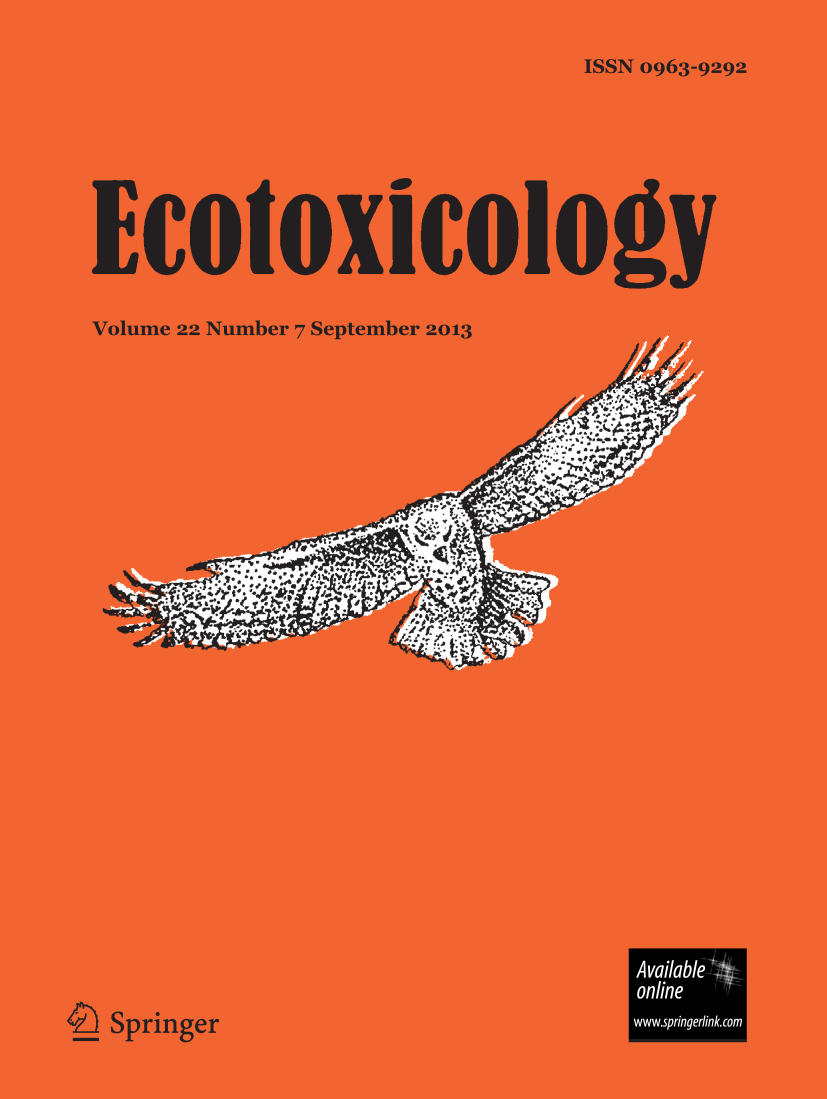摘要
增塑剂是从塑料中渗入水生生态系统的普遍化学污染物,对海洋生物构成潜在风险。本研究调查了在受控实验室条件下,100 µg/L 的替代增塑剂[环氧化油酸甲酯(EMO)、己二酸二(2-乙基己酯)(DEHA)和邻苯二甲酸二异壬酯(DINP)]对牡蛎 Crassostrea (Magallana) saidii 21 天的影响。这项研究的重点是在接触塑化剂 7、14 和 21 天后,牡蛎体重、超氧化物歧化酶 (SOD) 和过氧化氢酶 (CAT) 等抗氧化酶活性、非酶抗氧化剂还原型谷胱甘肽 (GSH)、脂质过氧化物(丙二醛 (MDA) 水平)的变化。结果表明,暴露于 DINP 的牡蛎体重下降,表明其新陈代谢发生了改变。在实验结束时,DEHA 和 DINP 显示 SOD 活性明显增加,表明氧化应激升高。CAT活性随着EMO暴露的增加而增加,但在用DEHA和DINP处理的牡蛎中却降低了。GSH 水平与 CAT 活性成反比。暴露于 DEHA 和 DINP 的牡蛎表现出较高的 MDA 水平,表明与这些塑化剂有关的氧化脂质损伤。使用综合生物标志物反应(IBR)指数对多种生物标志物数据进行了整合,将塑化剂的氧化应激潜力排序为 DEHA > DINP > EMO。IBR 分析还表明了增塑剂之间不同的作用模式,并提供了对其毒性机制的深入了解。值得注意的是,与 DEHA 和 DINP 相比,EMO 表现出较低的毒性,这支持了其作为传统增塑剂的更友好替代品的潜力,尽管其并不免除毒性作用。这些见解强调了环境风险评估在未来开发更安全的化学替代品中的重要性。Plasticisers are prevalent chemical contaminants that leach from plastics into aquatic ecosystems, posing potential risks to marine life. This study investigated the effects of alternative plasticisers [epoxidised methyl oleate (EMO), di-(2-ethylhexyl) adipate (DEHA), and diisononyl phthalate (DINP)] at 100 µg/L in oysters Crassostrea (Magallana) saidii over 21 days under controlled laboratory conditions. This study focused on changes in body weight, antioxidant enzyme activities such as superoxide dismutase (SOD) and catalase (CAT), non-enzymatic antioxidant reduced glutathione (GSH), lipid peroxidation (malondialdehyde (MDA) levels) after plasticisers exposure for 7, 14 and 21 days. The results indicated a decline in body weight in DINP-exposed oysters, indicating metabolic alterations. DEHA and DINP showed a pronounced increase in SOD activity at the end of the experiment, indicating elevated oxidative stress. CAT activity increased with EMO exposure, but decreased in oysters treated with DEHA and DINP. GSH levels were inversely proportional to CAT activity. Oysters exposed to DEHA and DINP exhibited higher MDA levels, indicating oxidative lipid damage associated with these plasticisers. Multi-biomarker data were integrated using the Integrated Biomarker Response (IBR) index, which ranked the plasticisers' oxidative stress potential as DEHA > DINP > EMO. The IBR analysis also suggested distinct modes of action among the plasticisers and provided insights into their toxicity mechanisms. Notably, EMO exhibited lower toxicity compared to DEHA and DINP, supporting its potential as a more friendly alternative to conventional plasticisers, albeit not exempt from toxic effects. These insights underscore the importance of environmental risk assessments in the future development of safer chemical alternatives.

 求助内容:
求助内容: 应助结果提醒方式:
应助结果提醒方式:


